THE GOOD, THE BAD AND THE UGLY. The Crowning Achievement of the Western Saga

The Good, the Bad and the Ugly. Three Not-So-Great
Let’s take a closer look at one of the most famous triads in cinematic history. Clint (“the Good” Blondie) seems to repeat his role, but not entirely. He is somewhat more human and less calculating. He also does not seem to fully control the events, sometimes getting out of tight spots due to lucky coincidences (more on that later). According to one interpretation, The Good, the Bad and the Ugly is about events that occur before the previous parts of the saga. Therefore, Blondie does not yet approach reality with total detachment. However, after confronting the horrors of war, his attitude changes radically. This version of events seems to be confirmed by the fact that he finds the poncho he wore in the previous Dollars films only at the end of the movie. Despite this ambiguity, Blondie remains the classic Good. Nevertheless, Eastwood does everything he can to get the most out of this character.
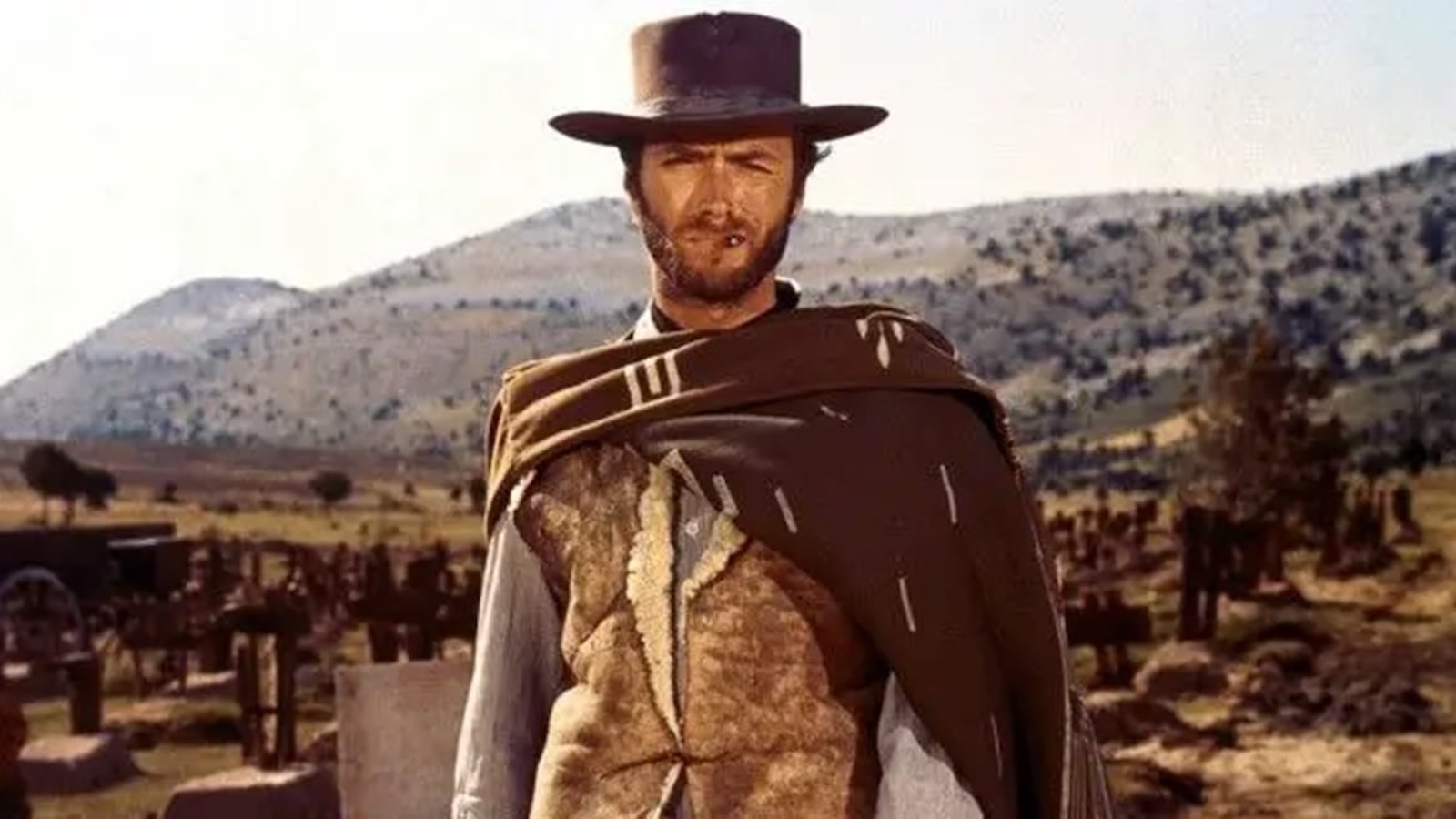
However, he stands no chance in confrontation with the Mexican bandit Tuco, in a daring interpretation by the Ugly Eli Wallach. The veteran actor achieved a rare feat. He was given an exaggerated, almost grotesque role, which could have easily been ruined. Wallach not only avoided this but also infused the character with a delicate touch of lyricism. He managed to create a believable hero. The scene where the hyperactive Tuco tries to convince Blondie (whom he had previously nearly killed) to reveal a certain secret is so suggestively played that I found myself rooting for Tuco’s persuasive attempts to succeed. It’s also worth mentioning the confrontation between Tuco and his brother, the priest. On paper, this serious, somewhat sad scene could have clashed with the overall comic nature of the character, but Wallach managed to handle it with aplomb.

The character completing the triumvirate is the Bad Angel Eyes, interpreted by Lee Van Cleef. His new incarnation has absolutely nothing to do with the honorable Colonel Mortimer from the middle part of the trilogy. Here, he plays a ruthless bandit who clearly enjoys tormenting the weak. Van Cleef has the least screen time of the trio, but it’s enough for him to create a memorable performance. Angel Eyes is not very talkative, but he still steals most scenes in which he appears. Particularly memorable is the moment when Van Cleef’s character behaves humanly for the only time – giving a starving soldier a bottle of whiskey – a gem.
Money Doesn’t Bring Happiness
When filming The Good, the Bad and the Ugly, Sergio Leone had a high budget at his disposal. And it shows, especially in the attention to detail in numerous mass scenes. However, the most impressive are the more intimate sequences, where Leone can use his signature close-ups and serve viewers witty dialogues. Fortunately, there are plenty of such moments. The concentration of “Sergio in Sergio” remains high. A significant contribution to this is maestro Ennio Morricone, who created perhaps his most famous work here.
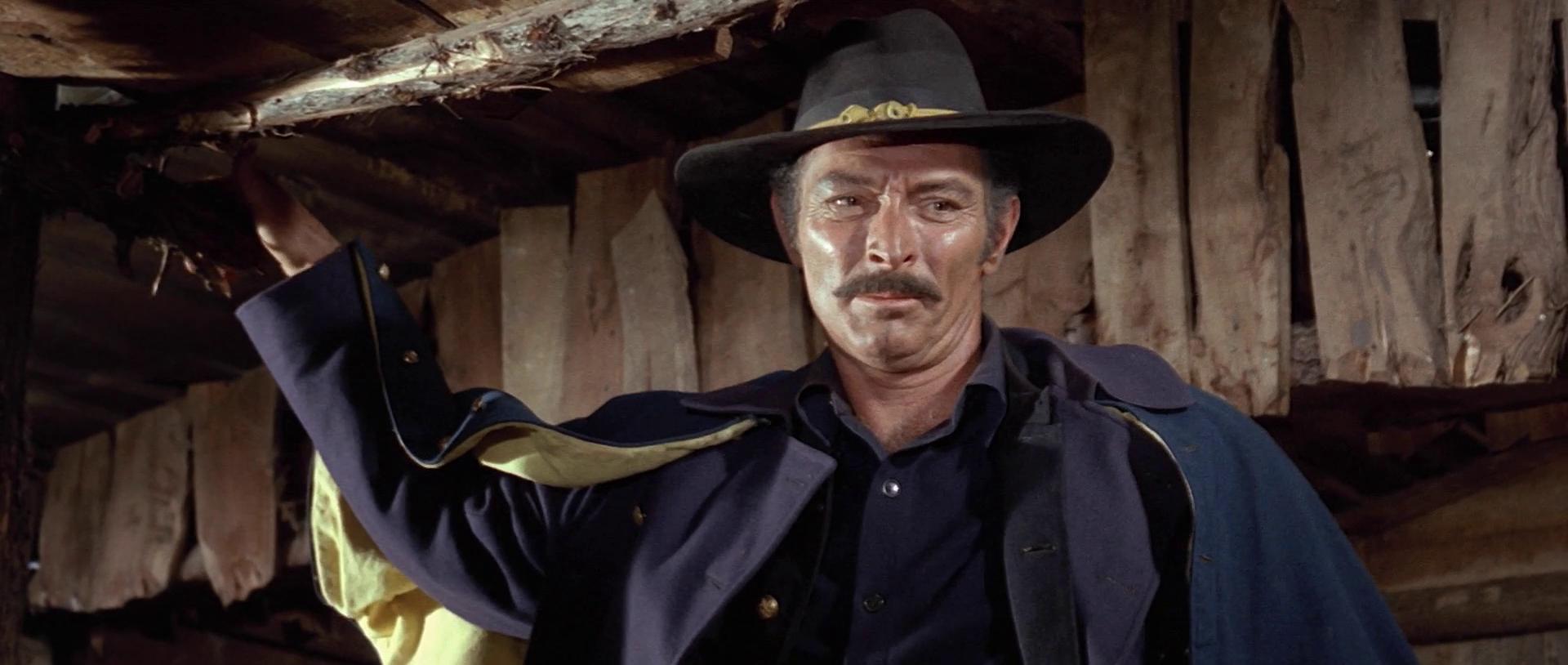
A lot happens on screen and quickly, but not always sensibly. The screenplay of The Good, the Bad and the Ugly has an episodic structure. And Leone sometimes seems to get lost in this chaos. The successive events do not always clearly follow one another. The main factor driving the action forward is various coincidences. Their number seems to me to be decidedly too high. How many times does Blondie escape death not thanks to his cleverness or shooting skills, but due to luck? Of course, the whole thing is so brilliantly directed and shot that I can forgive a lot, but from a film that I once considered one of the greatest masterpieces in cinematographic history, I expected much more. The brilliant scenes and episodes are not always connected by a sensible narrative glue. And from Sergio Leone, of all people, I expect everything to be perfectly tied up.
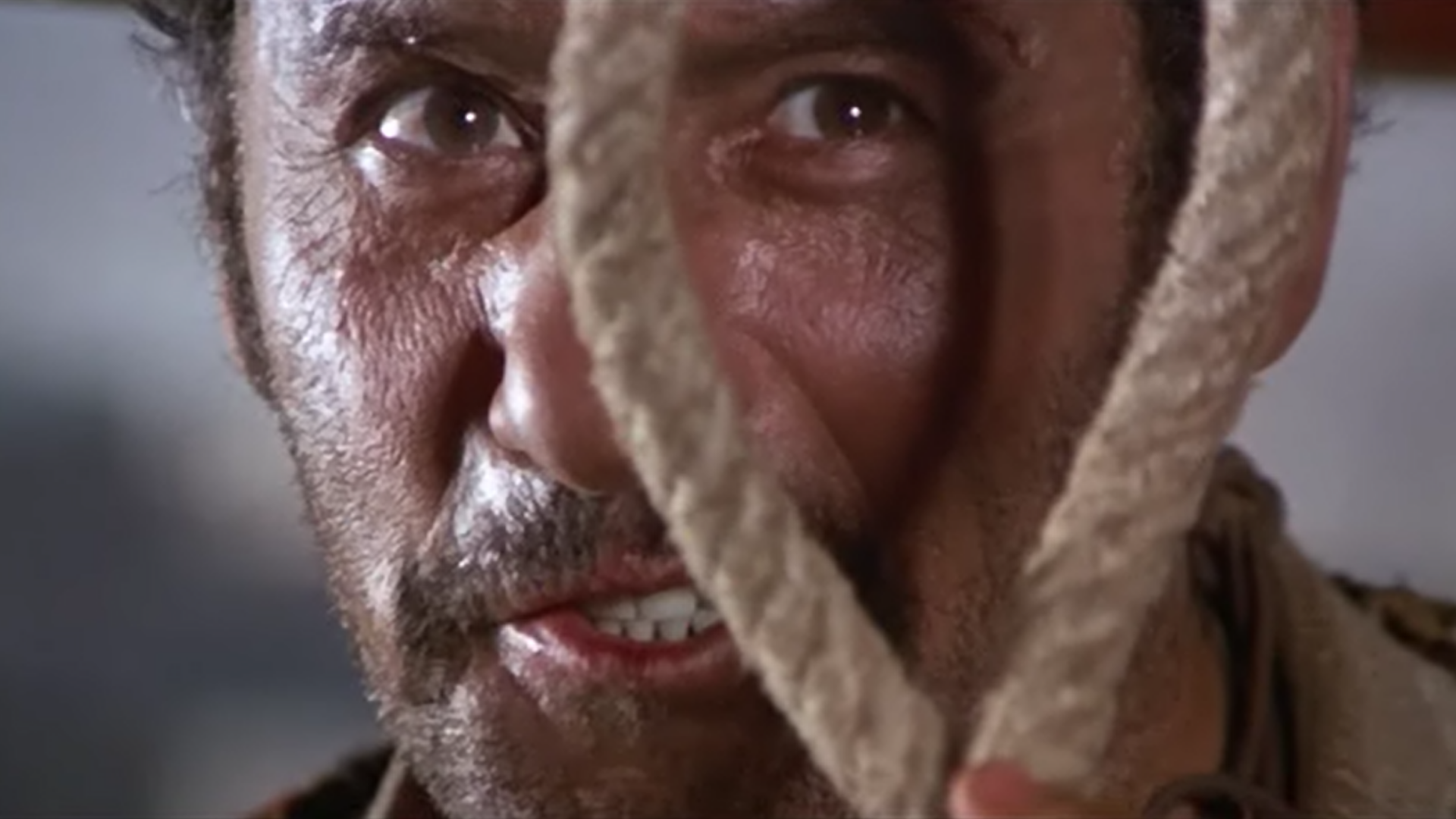
The entire middle segment of The Good, the Bad and the Ugly deviates in quality from the rest. Leone temporarily abandons his ironic-nihilistic sense of humor to venture into the realm of serious anti-war cinema, a genre that clearly does not suit him. From a directorial perspective, everything works flawlessly – few films manage to so tangibly recreate the brutal, sticky atmosphere of the Civil War. However, these scenes distinctly stand apart from the rest. The whole subplot of blowing up the bridge “so that soldiers don’t have to kill each other over it” is cloying and pathetically sentimental. Leone teaching and selling important truths about life was simply not in his element. Even the dialogues, instead of cutting through the air, rather rustle like paper, which is an anomaly in the work of the Italian ironist.

Fortunately, the finale successfully compensates for these narrative shortcomings. The scene at the military cemetery is one of the best ever created by the master. The first panoramic shots, showing Tuco running between the graves, say it all. One of the great themes addressed in The Good, the Bad and the Ugly is the depiction of individuals striving for wealth against the backdrop of war, which is an extreme expression of the pursuit of profit by large interest groups. Leone seems to ask: what is the fate of these three scoundrels compared to institutionalized violence, whose fruit is a monumental necropolis? The confrontation that follows is the quintessence of Sergio Leone’s visual style. Nothing more needs to be added. The Good, the Bad and the Ugly is a must-see. These complaints stem from the fact that it was one of my favorite films for years and did not fully withstand the confrontation with memories. However, it still surpasses most “ordinary” films.
Entering the Same River Again
Sergio Leone had several ideas for his third western. Initially, he wanted to make a film about famous Wild West figures – Wild Bill Hickok and Calamity Jane – or a story about Pancho Villa, the folk leader fighting in the Mexican Revolution, or an adventure story with war in the background. Ultimately, he decided on the third option. As many as five people worked on the script. Leone and Luciano Vincenzoni prepared the general outline. Sergio Donati and two specialists in comedic accents, Agenore Incrocci and Furio Scarpelli, were also brought in to help with the final version. The work progressed rapidly. After the great success of the previous films, as mentioned earlier, Leone didn’t have to worry about money in the slightest. Especially since Spanish officials literally tried to bend over backward for the creators, hoping they would invest more dollars in the country.
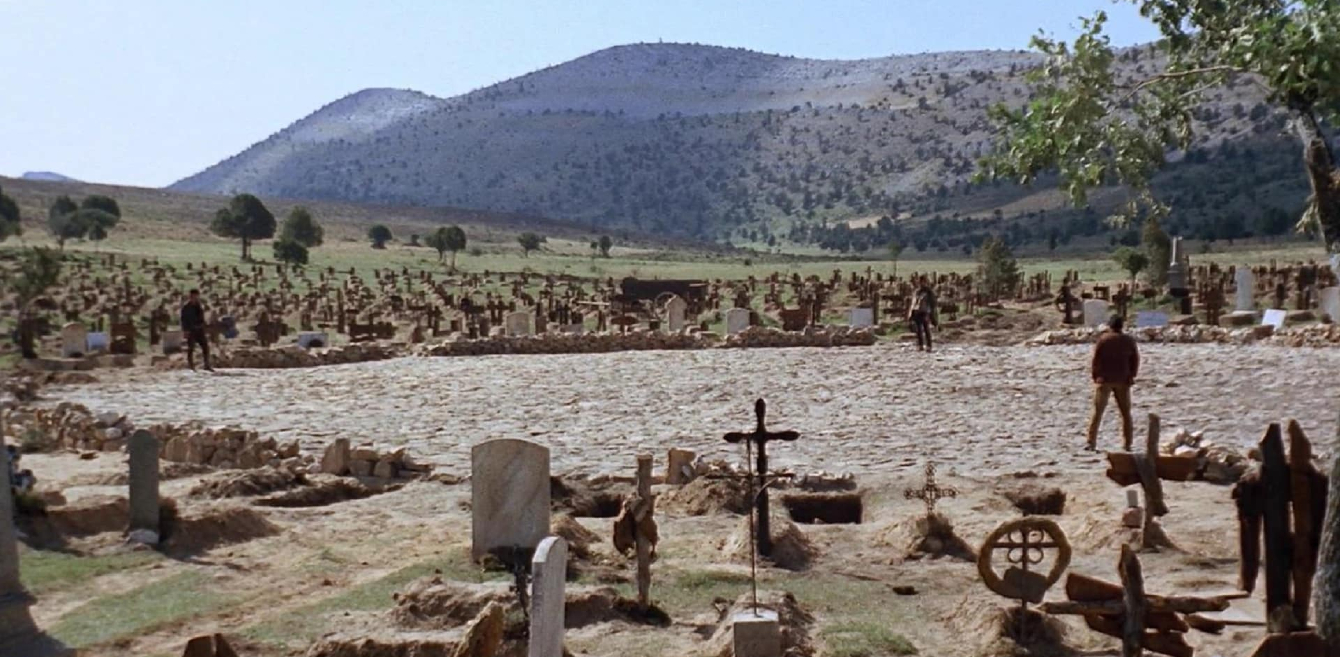
After finishing filming For a Few Dollars More, Clint was offered an interesting and very well-paid role in the anthology film The Witches, produced by the famous Dino De Laurentiis. He agreed without hesitation, as the opportunity to work with the legendary Vittorio De Sica (who directed Clint’s segment) was a big chance for him. Especially since he received twenty thousand dollars and a brand-new Ferrari for his participation in this project. After returning to the United States, Eastwood didn’t have much time to rest, as filming for The Magnificent Rogue began a month later – as some might guess, this film eventually became known under a different title. Sergio Leone didn’t let the grass grow under his feet, but Clint felt this would be their last project together. At this point, he was somewhat tired of playing the same roles for the Italian director.
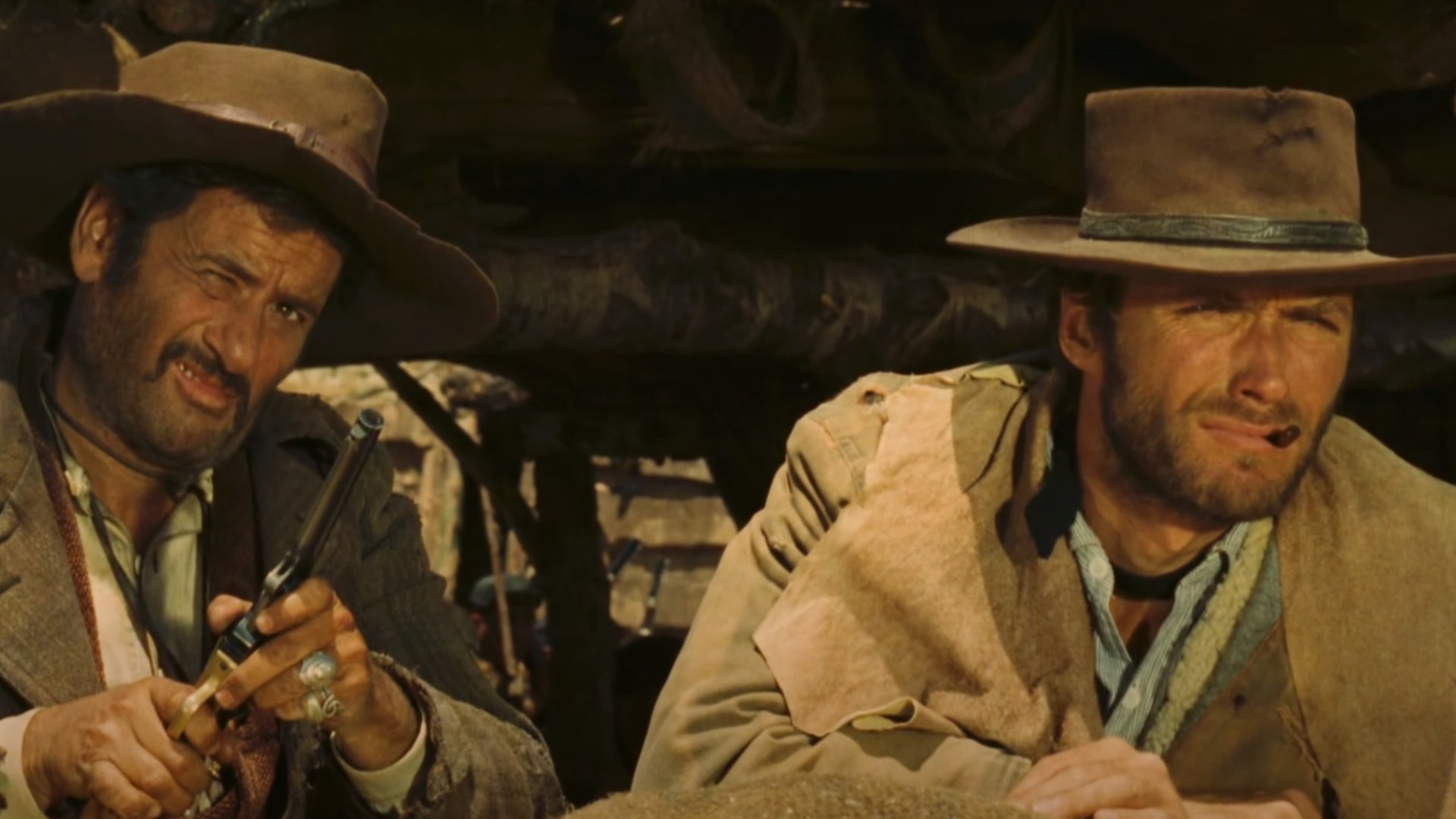
Sergio Leone wanted to cast Charles Bronson as the Bad, but the future Harmonica Man once again turned down the Italian’s offer. No one seems to regret this, as it doesn’t appear Bronson could have outdone Lee Van Cleef, who created his most famous role here. Meanwhile, Bronson appeared in The Dirty Dozen, which also brought him considerable fame. Although Van Cleef often played villains, he never agreed to participate in scenes where he had to harm a woman, child, or dog. Angel Eyes didn’t adhere to this code, so in one scene, a double had to take his place.
Dangerous Life on the Film Set
It was a close call, but Gian Maria Volonté almost appeared in the third installment of the Dollars Trilogy. However, Leone ultimately decided against making such a bold choice. The role of The Ugly went to Eli Wallach, known from The Magnificent Seven, who was initially reluctant to star in a spaghetti western. But after Leone showed him the opening scene of For a Few Dollars More, all his reservations vanished instantly.
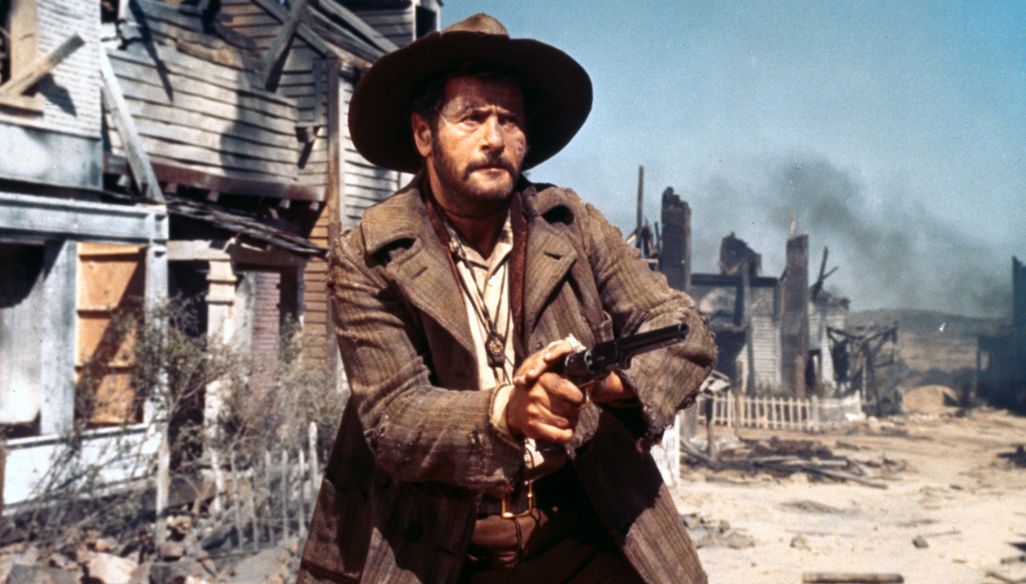
Wallach delivered his most famous performance under Leone’s direction, but he doesn’t recall the filming experience fondly, as he narrowly escaped death several times during the shoot. His first brush with danger occurred when a crew member placed an unmarked bottle of acid next to the mineral water Wallach was drinking. Fortunately, a small sip of the poison did not kill him. In one scene, Tuco, with his hands bound, was riding a horse. During that period, special effects to fake such stunts did not exist, so Wallach was actually tied up on a galloping horse, which broke free from its handlers. Luckily, once again, providence was on his side.
The most infamous incident on the set of The Good, the Bad and the Ugly happened during the scene involving the explosion of a military bridge. Leone wanted the actors to be as close to the structure as possible, but Clint refused and chose a more distant spot. This decision may have made history, as during the preparations for the explosion, one of the demolition experts accidentally triggered the explosives prematurely. Had the actors been at their original location, they could have been seriously injured by the high-velocity shrapnel. The actors survived unscathed, and the bridge was quickly rebuilt.
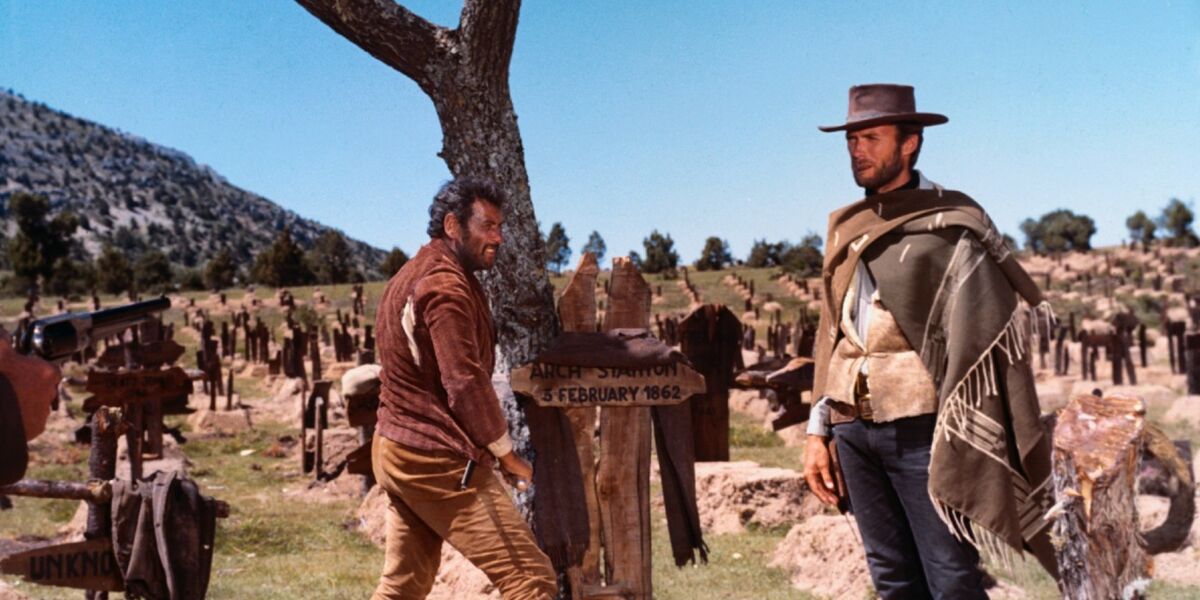
The Good, the Bad and the Ugly and… Dollars, Dollars, Dollars
This incident further demonstrated that during the era of The Good, the Bad and the Ugly, Leone truly did not have to worry about the budget. The American Civil War was recreated with meticulous detail. According to experts, the uniforms and weapons used in the film are identical to those used in reality. The sets and costumes were carefully based on historical sources. The film’s battle scenes were inspired by the infamous and bloody Battle of Antietam. References to World War I trench warfare are also evident. Interestingly, the campaign depicted in the film took place in reality and unfolded much like Leone portrayed it.
The Good, the Bad and the Ugly did not replicate the box office success of its predecessor in Italy but still became the highest-grossing film of the year. Critics were somewhat skeptical, complaining that Leone had “sold out” to Americans by including a few sentimental and patriotic scenes. Nonetheless, the film was another success both commercially and artistically. However, the situation was quite different across the Atlantic.

At the time, United Artists was only just preparing to release the Dollars Trilogy in American theaters. A Fistful of Dollars was set to premiere in February, For a Few Dollars More in July 1967, and The Good, the Bad and the Ugly in January 1968. For Clint and Sergio, this was a true test of the worth of their films. The reviews were scathing. Critics savaged the films, accusing them of nihilism, which clashed with the Western genre’s traditional values. They might have forgiven an American director for attacking American cultural icons, but an Italian trying to tell them how to make films about the Wild West? Critics and “experts” needed time to appreciate this type of cinema. However, audiences once again proved that they did not care about critics’ opinions and flocked to the box office. The first two westerns, as films from barbaric Europe not backed by big names, sold more than well. The Good, the Bad and the Ugly became a genuine hit.
United Artists made an excellent deal by partnering with Sergio Leone. The Italian director had no intention of resting on his laurels – before all the Dollars films had even hit American theaters, he began working on his masterpiece.

